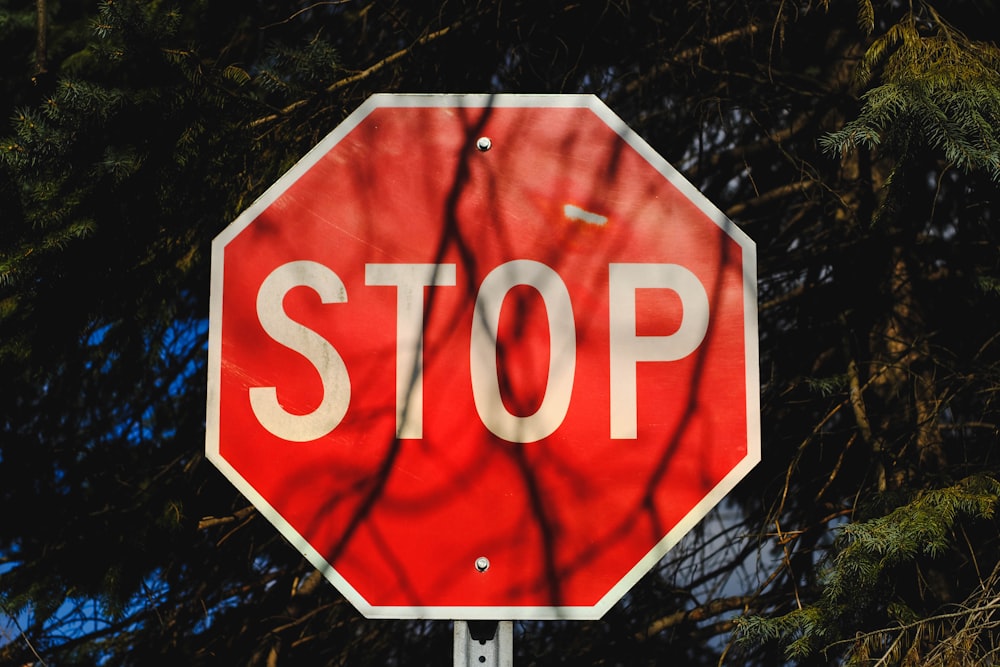What to Do after Being Penalized by Google? (Part 1)
In one Google Webmasters video, Matt Cutts revealed that Google sends out more than 400,000 manual penalties each month. However, only 20,000 websites reply. That’s about 5% of the total number! Sadly, only a few send a reconsideration request. Don’t despair because you can still regain the lost web traffic.
2 Reasons for Being Penalized
If you notice a decrease on traffic and SERP ranking, you will need to find the root cause. There are two main penalties you may get:
- Manual Action– To see if your website was penalized, you can check the Google Search Console and check for any notifications.
- Algorithmic Penalty– To identify what type of algorithmic penalty your website has, you need to track the time period when the traffic dropped and when the new algorithm was released. In short, you keep up with the changes and you can check the Google Webmaster Central Blog for the latest news on Google’s algorithm updates.
To stay updated with the latest Google’s algorithmic changes, do the following:
- Follow the Google experts on Twitter such as Matt Cutts, Gary Illyes, John Mu, and etc.
- Watch the videos posted on the Google Webmaster’s YouTube channel.
The changes are brought about by Panda (emphasis on content quality) and Penguin (focus on backlinks and anchor texts.) Remember, you need to familiarize the Google’s Webmaster Guidelines in order to avoid penalties.
The Nitty-Gritty Details in Recovering Your Rankings
As mentioned on, you can recover from a bad fall. Despite having manual or algorithmic penalties, you can still change the course of your website. Here are the steps to follow:
-
Know All the Links
- To do this, you simply need to login your Google Search Console. Focus your attention on the Webmaster Tools located at the left panel. Along the different options, click on the search traffic section, and under it, there’s “Links to Your Site.”
- From there, you can easily download your links by clicking on “Download latest links”
-
Identify the Bad Apples
- Now that you have all your links, you need to sort whether they are good or bad for your website. You can use this link or use the program of your choice.
- The point is to identify the bad backlinks on your website. Most of the time, harmful backlinks would be from the blog comments. External links would be visit because you chose to auto-approve comments on your website.
-
Request Removal of the Bad Links
If you notice shady backlinks, you need to follow these 3 simple steps:
- Look for the website’s contact details.
- You can do this by heading to the “contact us” page of a website. If you can’t find any email address, you can go to WhoIs.com to find any contact information.
- Send an email to request the removal of a link.
- Monitor your email requests for any replies.
This step is explained in details on How to Request the Removal of Bad Links?
-
Disavow the Bad Links
After the removal, you can now start creating a disavow report. If you more details on the disavow tool, Google posted disavow guidelines right here. Once your report is ready for submission, you need to send it on the Google Disavow page. Remember, your report may take up to a month before it gets approved. Then, you should slowly notice the difference after that!



